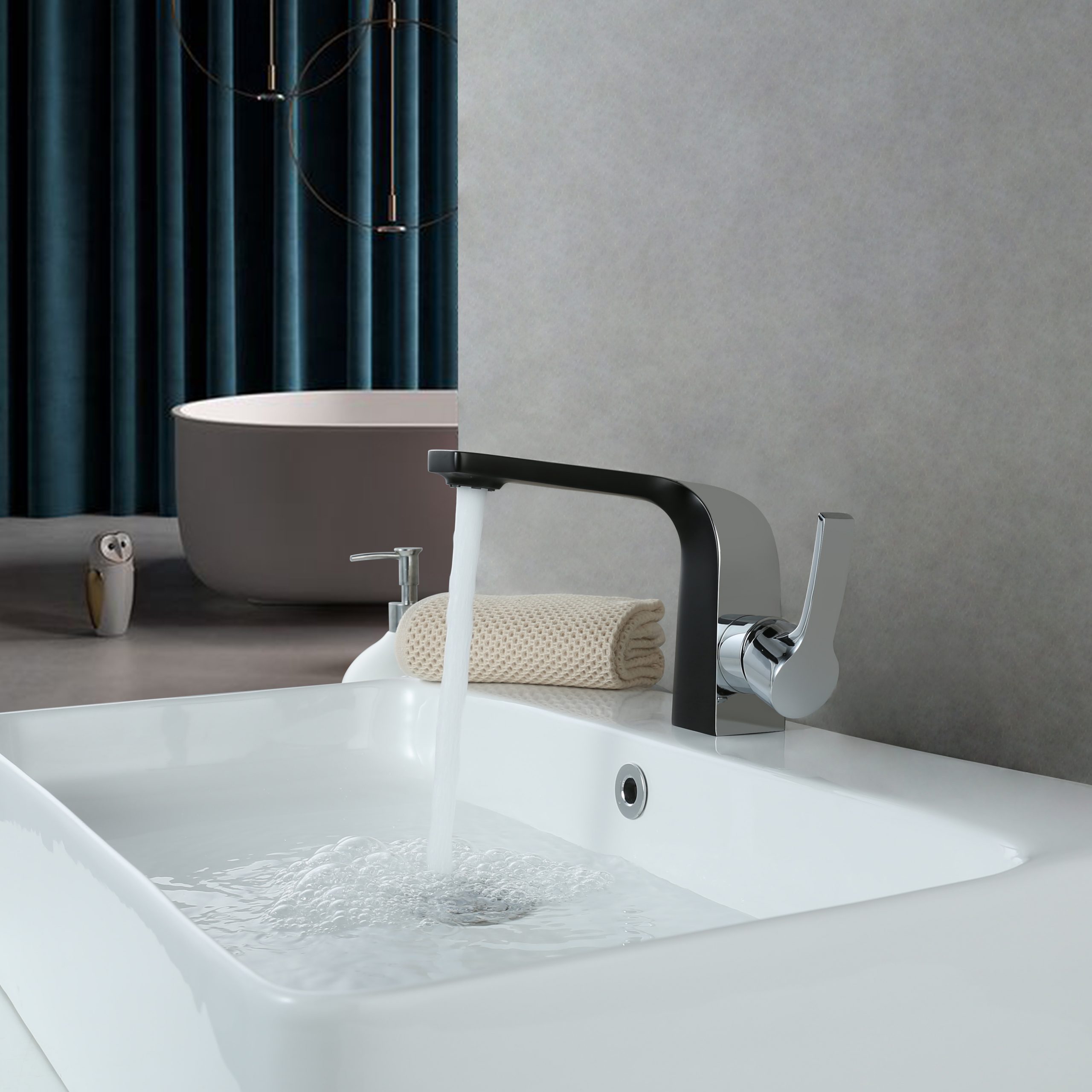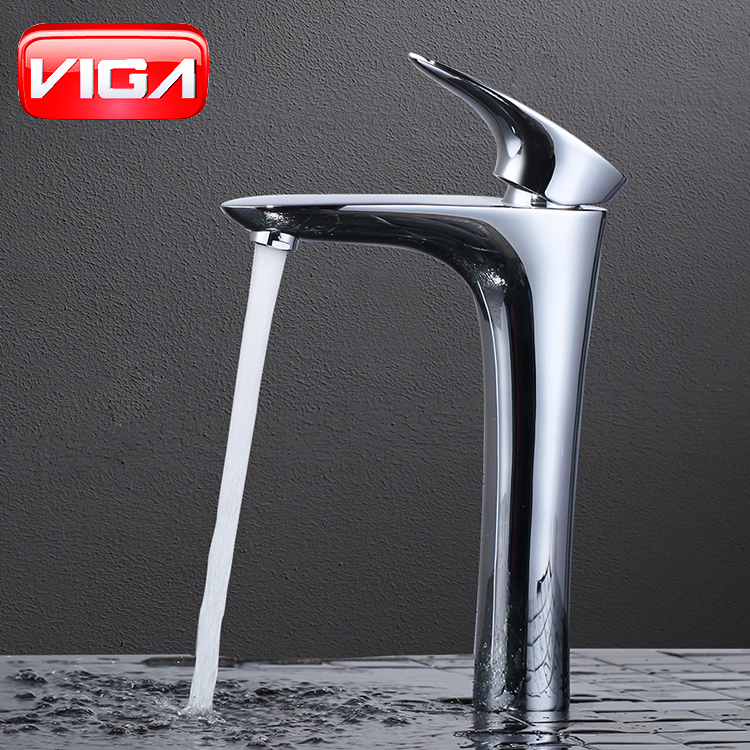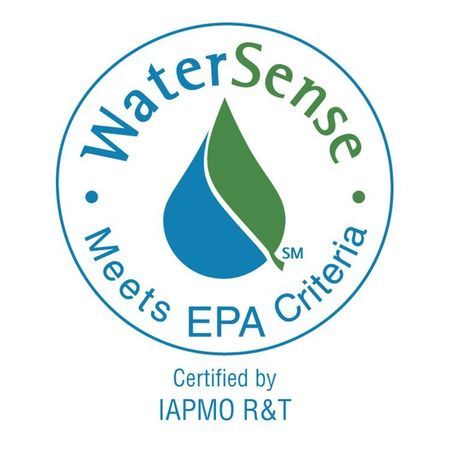
Faucets come in different sizes and shapes, and the water pressure in different places will be different, but the flow rate of the water is usually within a certain range.
On average, the tap can use 4-8 liters per minute (1-3 gallons per minute). This may depend on many different factors, from the available water pressure to the age of the taps and pipes. Due to higher standards and the use of aerators, newer faucets tend to have a smaller flow rate than old faucets. The aerator is a small mesh screen at the end of the faucet that allows air to mix with flowing water. They reduce the amount of water needed to achieve the same result by breaking the water flow from the tap into smaller water flows.
How to measure the water flow of the faucet?
It is really easy to measure the flow rate of water coming out of any faucet. All you need is a water bottle or container of known capacity and your mobile stopwatch. Here are the steps:
- Turn on the faucet to the flow rate to be measured.
- Place the water bottle or container under the faucet and start the stopwatch on the phone at the same time.
- Stop the time on the stopwatch as soon as the container is full.
- Use the following formula to calculate your flow rate: Rate=Volume/Time. Multiply the rate by 60 to convert to minutes.
Useful tips:
- Turn on the faucet at maximum speed to obtain consistent results, which you can compare with other measurement results (even your own measurement results).
- Use larger containers for more accurate results. This allows you to keep the water flowing longer. One gallon (3.785 liters) is a good example.
This is an example of how I measure the amount of water flowing from the kitchen and bathroom taps:

How much water does the bathtub faucet use?
How much water do I need to shower?

How to reduce the flow of the faucet?
What can I do to save water at home?

Taps/faucet
- Turn off the tap when brushing, shaving, or washing dishes. If you only turn it off while brushing your teeth, this simple operation will save you more than 11,000 liters or 3,000 galoane pe an.
- As mentioned above, replace the faucet with a high-efficiency faucet and make sure to use an aerator.
Cooking
- Only cook the amount of water you want to use. This also helps to save energy.
- Eat less meat. Beef and poultry products use large amounts of water. A study estimated that 1763 liters of water (source) are required to produce one kilogram of beef.
Restroom
- Using low-flush toilets, its water consumption is less than one-third of the water consumption of old toilets. According to the US Geological Survey, old toilets can use 15 liters or 4 gallons per flush, while most new toilets only use 6 liters or 1.6 gallons per flush (source).
- Check if the toilet is leaking. Put a few drops of food coloring in the toilet tank and check if it appears in the toilet without flushing.
Duș
- Use high-efficiency shower heads. Showers can account for 20% of the total household water consumption, and efficient shower heads can reduce water consumption by up to 70% (source).
- The shower time is shorter, or try to use water more sparingly in the shower. You can set a timer on your phone to keep the shower time short.
- If you can, take a shower. Surprisingly, a bathtub filled with water uses less water than the shortest shower.
Washing machine
- Wash your clothes only with full load. Half the load uses twice as much water to obtain the same result.
- Using an Energy Star certified washing machine, its water consumption is 33% less than other machines (source).
Dishwasher
- Dishwashers use less water than washing dishes by hand.
- Try to use energy-saving and water-saving dishwashers, such as those certified by Energy Star. A dishwasher can save more than 14,000 liters or 3870 gallons of water (source) during its entire life cycle.
- Similar to a washing machine, it is best to only use the dishwasher with a full load.
Plumbing
- If the taps are leaking, please fix them. A leaky faucet can waste up to 15,000 liters or 4,000 galoane pe an (source).
- Check your pipeline for leaks. Leaky pipes are generally considered the number one source of wasted water, and leaks near the main pipe are particularly wasteful.
Gardening
- Try to water the plants during colder times of the day, as this will increase the time it takes for the water to evaporate.
- If you can use the roof or balcony, you can install water pipes and use rainwater to water your plants.
- Reuse the boiled water from boiled vegetables to water the plants. Make sure to let it cool first.
 Furnizor iVIGA Tap Factory
Furnizor iVIGA Tap Factory
